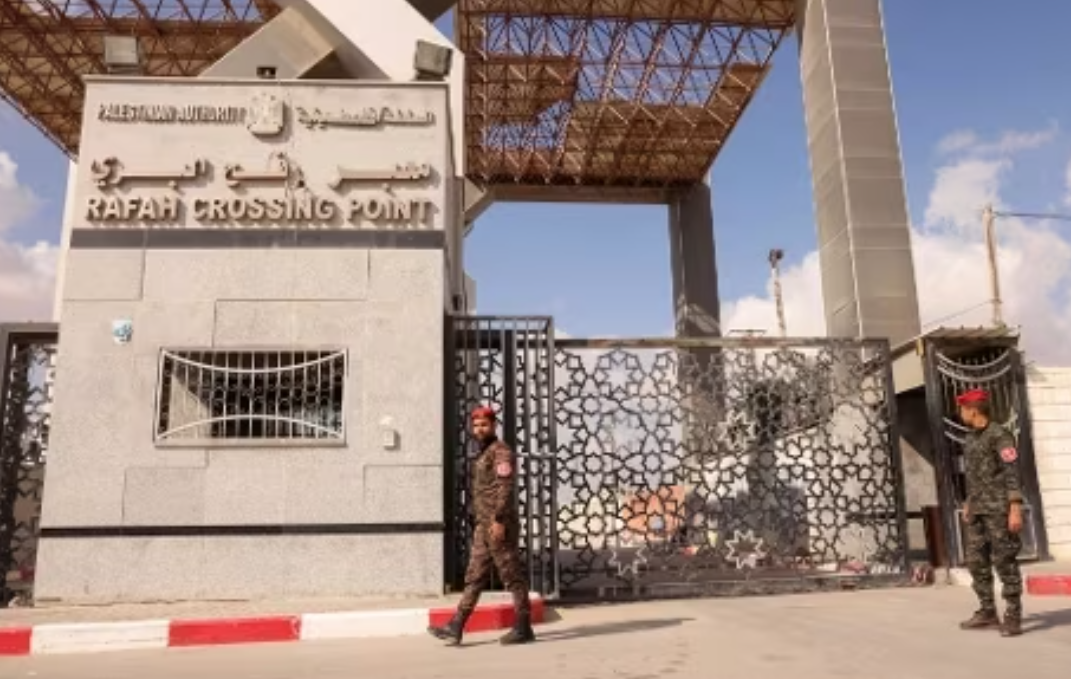[ad_1]
SAN JUAN, Puerto Rico (Reuters) – Hurricane Maria lashed the Turks and Caicos Islands on Friday and was blamed for fresh flooding on Puerto Rico, where it had already destroyed homes and knocked out power during its rampage through the Caribbean.
The storm killed at least 25 people on the U.S. territory of Puerto Rico and other Caribbean islands, according to government officials and local news media accounts.
U.S. weather forecasters warned that a dam on the Guajataca river in northwestern Puerto Rico was failing, causing flash flooding in the area.
“This is an EXTREMELY DANGEROUS SITUATION,” the National Weather Service’s San Juan office said on Twitter. “Buses are currently evacuating people from the area as quickly as they can.”
Maria was the second major hurricane to hit the Caribbean this month and the strongest storm to hit the U.S. territory of Puerto Rico in nearly 90 years. It completely knocked out the island’s power, and several rivers hit record flood levels.
Puerto Rico officials said on Friday that six people had been confirmed killed by the storm: Three died in landslides in Utuadno, in the island’s mountainous center; two drowned in flooding in Toa Baja, west of San Juan, and one died in Bayamon, also near San Juan, after being stuck by a panel.
Earlier news media reports had the death toll on the island as high as 15.
“We know of other potential fatalities through unofficial channels that we haven’t been able to confirm,” said Hector Pesquera, the government’s secretary of public safety.
In San Juan, people worked to clear debris from the streets on Friday and some began to reopen businesses, though they wondered how long they could operate without power and with limited inventory.
“There’s no water, no power, nothing,” said Rogelio Jimenez, a 34-year-old pizzeria worker.
“We’re opening today,” he said, estimating that the restaurant had enough supplies to last a week. “If there’s nothing after that, we’ll close.”
Puerto Rico Governor Ricardo Rossello imposed a dusk-to-dawn curfew through Saturday for the island’s 3.4 million people.
DAMAGE ESTIMATED AT $45 BILLION
Puerto Rico was already facing the largest municipal debt crisis in U.S. history. A team of judges overseeing its bankruptcy has advised involved parties to put legal proceedings on hold indefinitely as the island recovers, said a source familiar with the proceedings.
The storm was expected to cause $45 billion of damage across the Caribbean, with at least $30 billion of that in Puerto Rico, said Chuck Watson, a disaster modeler at Enki Research in Savannah, Georgia. The figures included both physical damage and losses in business from tourism.
Elsewhere in the Caribbean, 14 deaths were reported on the island nation of Dominica, which has a population of about 71,000. Two people were killed in the French territory of Guadeloupe and one in the U.S. Virgin Islands. Two people died when the storm roared past the Dominican Republic on Thursday, according to local media outlet El Jaya.
Communications outages throughout the region were making it difficult for officials to get a clear picture of the damage.
MARIA HEADS NORTHWEST
Maria was 90 miles (145 km) north of Grand Turk Island by 2 p.m. ET (1800 GMT) on Friday, the NHC. It was packing sustained winds of up to 125 miles per hour (205 km per hour), making it a Category 3 hurricane on the five-step Saffir-Simpson scale.
The hurricane was headed north-northwest and expected to bring a storm surge – ocean water pushed inland – of as much as 12 feet (3.7 meters) above normal tide levels to parts of the southeastern Bahamas and the Turks and Caicos Islands.
Officials on Turks & Caicos ordered all residents of the islands to remain indoors and businesses to close on Friday.
Storm swells driven by the storm were expected to reach the southeastern coast of the U.S mainland on Friday, the NHC said, adding that it was too soon to determine what, if any, other direct effects it would have.
In the Dominican Republic, Maria damaged nearly 3,000 homes and sent more than 9,300 to shelters, local emergency response agencies reported. Some 25 towns remained cut off.
Maria passed close by the U.S. Virgin Island of St. Croix, home to about 55,000 people, early Wednesday, knocking out electricity and most mobile phone service.
Maria hit about two weeks after Hurricane Irma pounded two other U.S. Virgin Islands: St. Thomas and St. John.
Irma, one of the most powerful Atlantic storms on record, killed more than 80 people in the Caribbean and the United States. It followed Harvey, which also killed more than 80 people when it hit Texas in late August and caused flooding in Houston.
More than two months remain in the Atlantic hurricane season, which runs from June 1 to Nov. 30, although the busiest period is generally from mid-August to mid-October.
Reporting by Dave Graham and Robin Respaut in San Juan; Additional reporting by Jorge Pineda in Santo Domingo, Nick Brown in Houston, Devika Krishna Kumar and Daniel Wallis and Jennifer Ablan in New York and Steve Gorman and Alex Dobuzinskis in Los Angeles; Writing by Scott Malone; Editing by Frances Kerry and Jonathan Oatis
[ad_2]
Source link







Leave a Reply